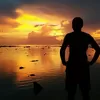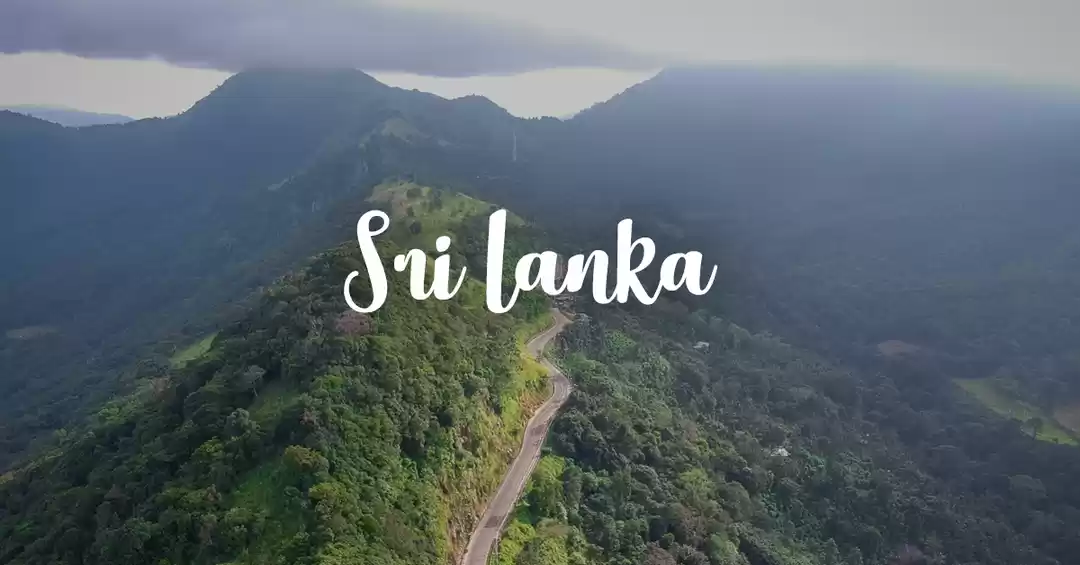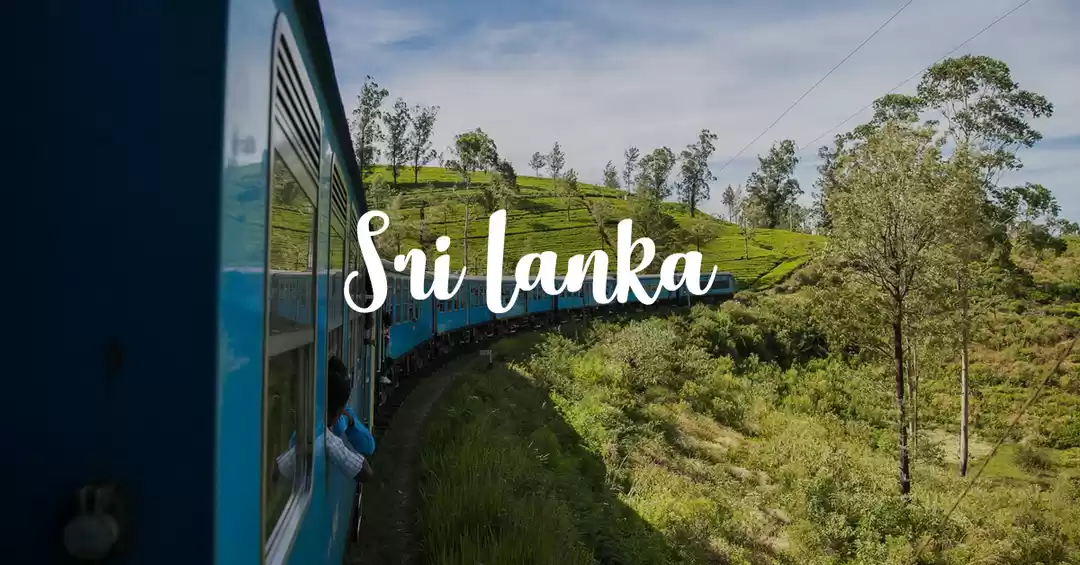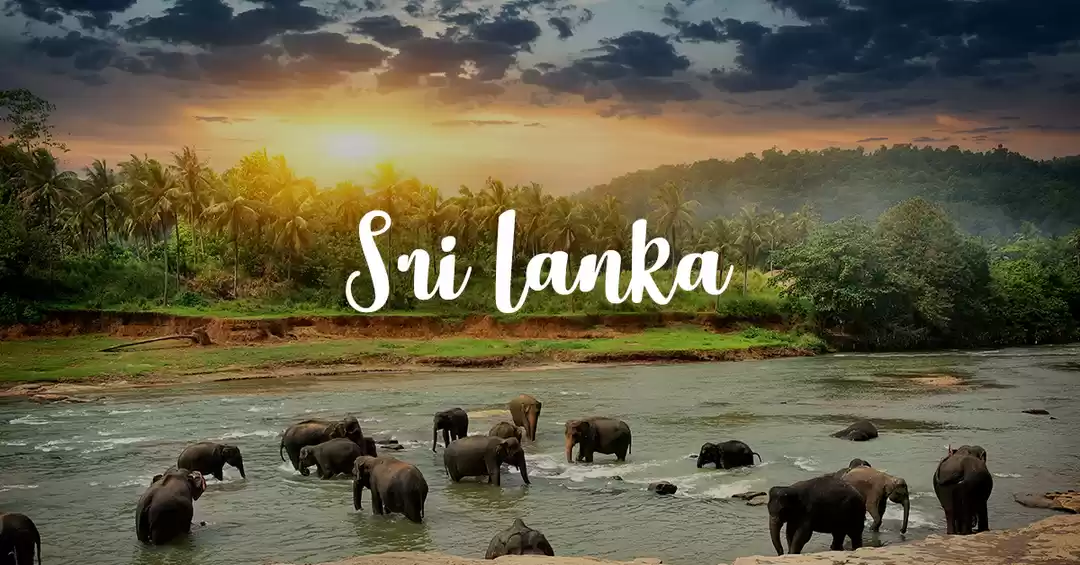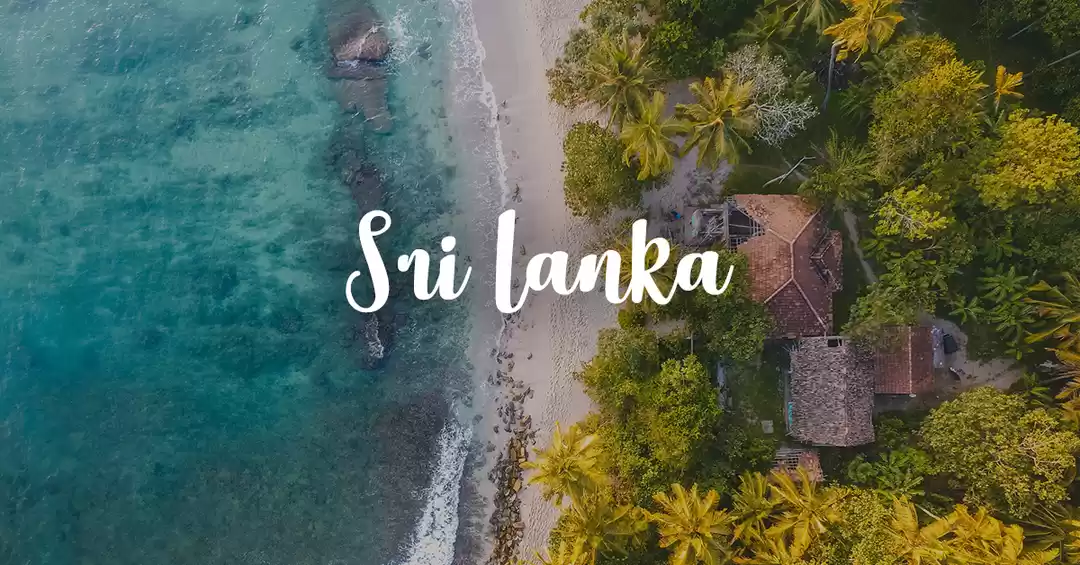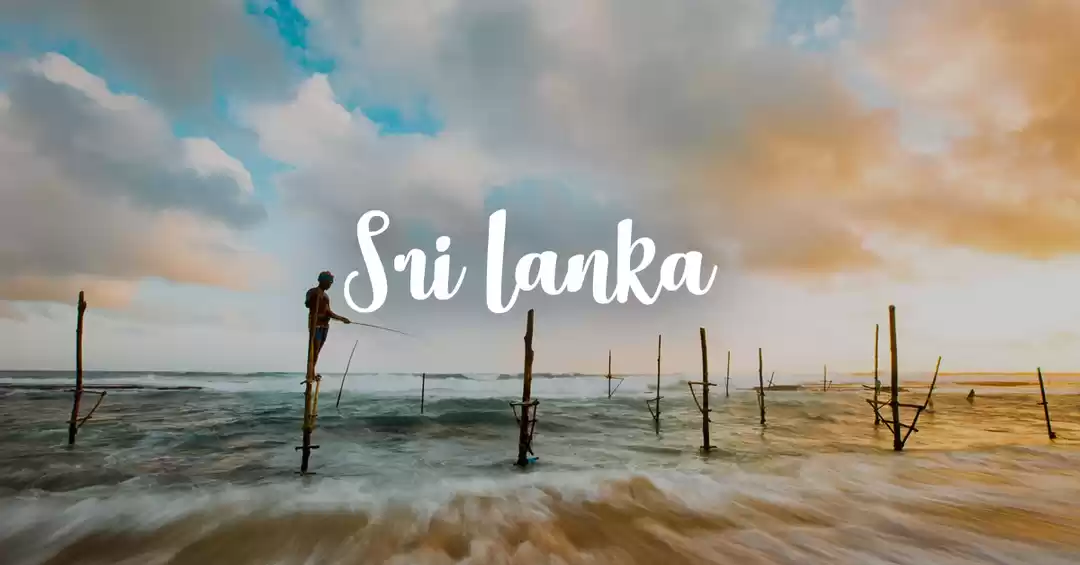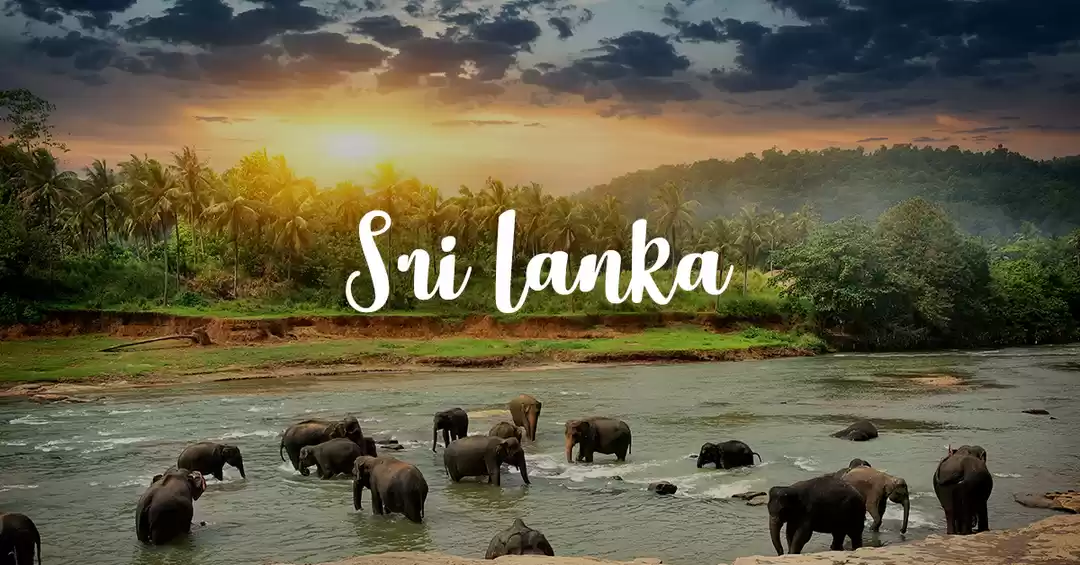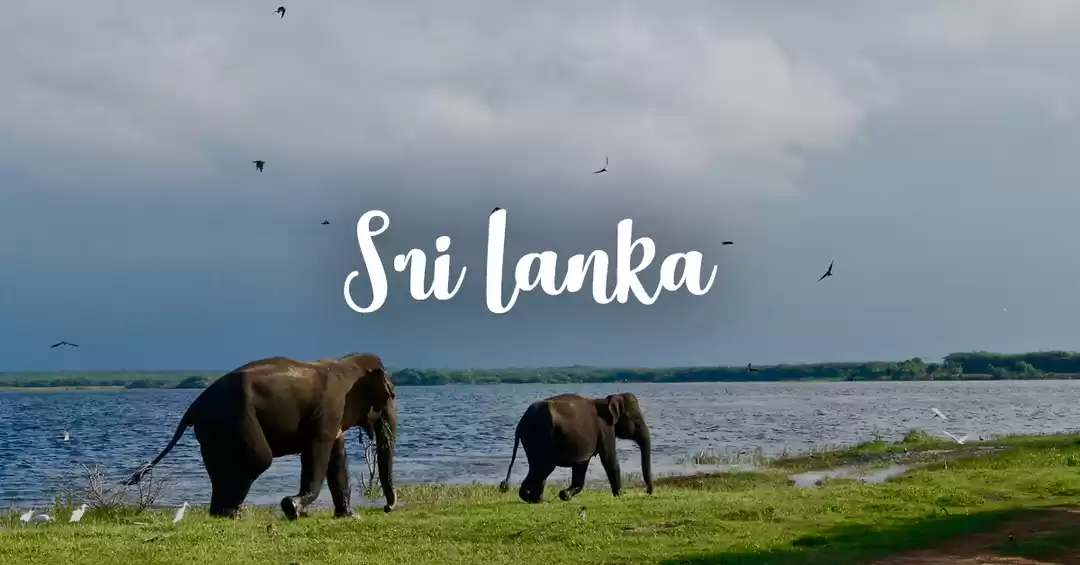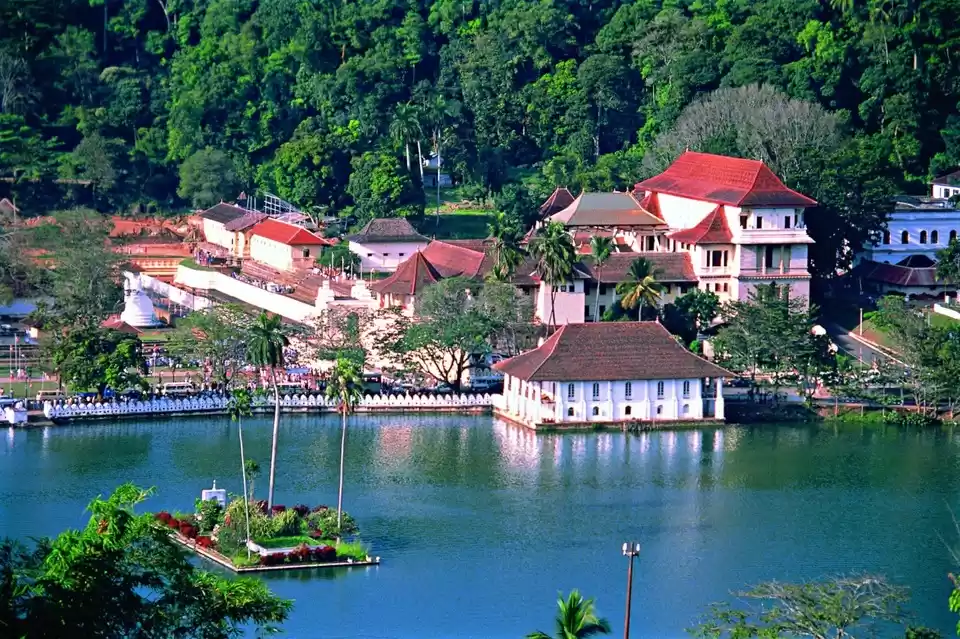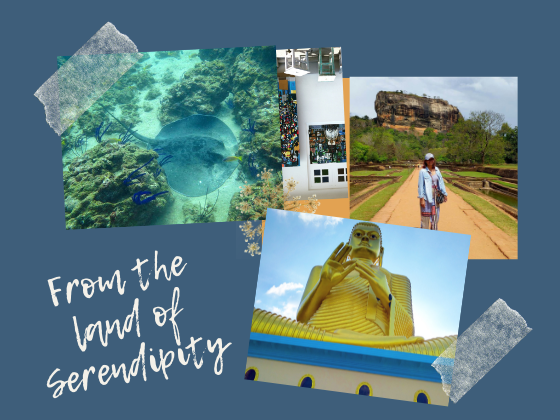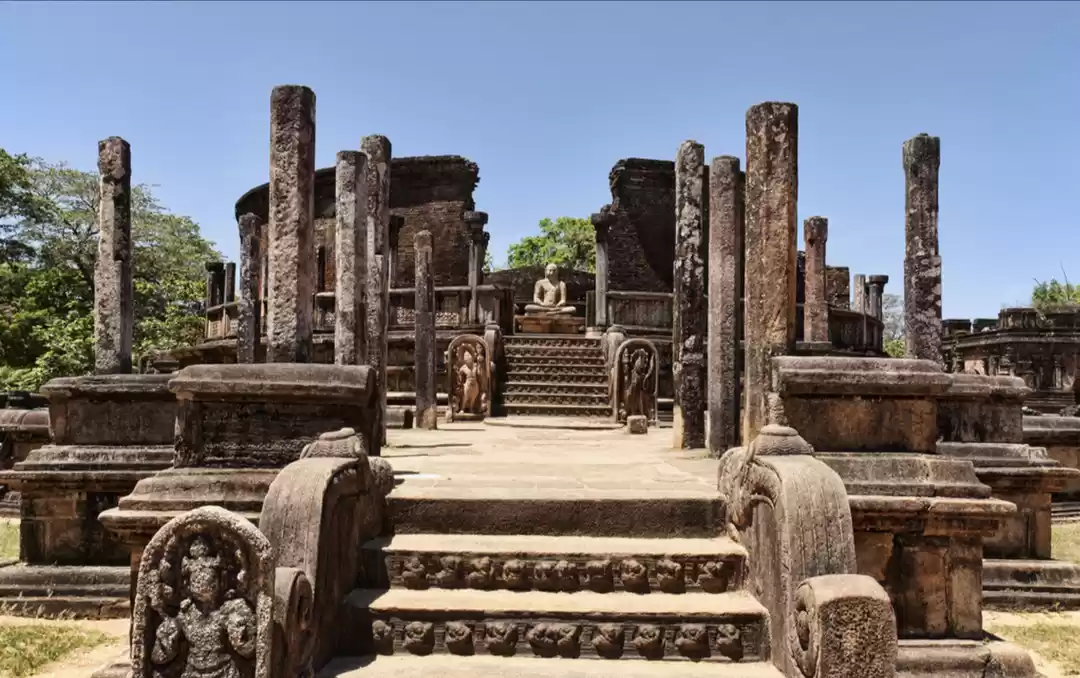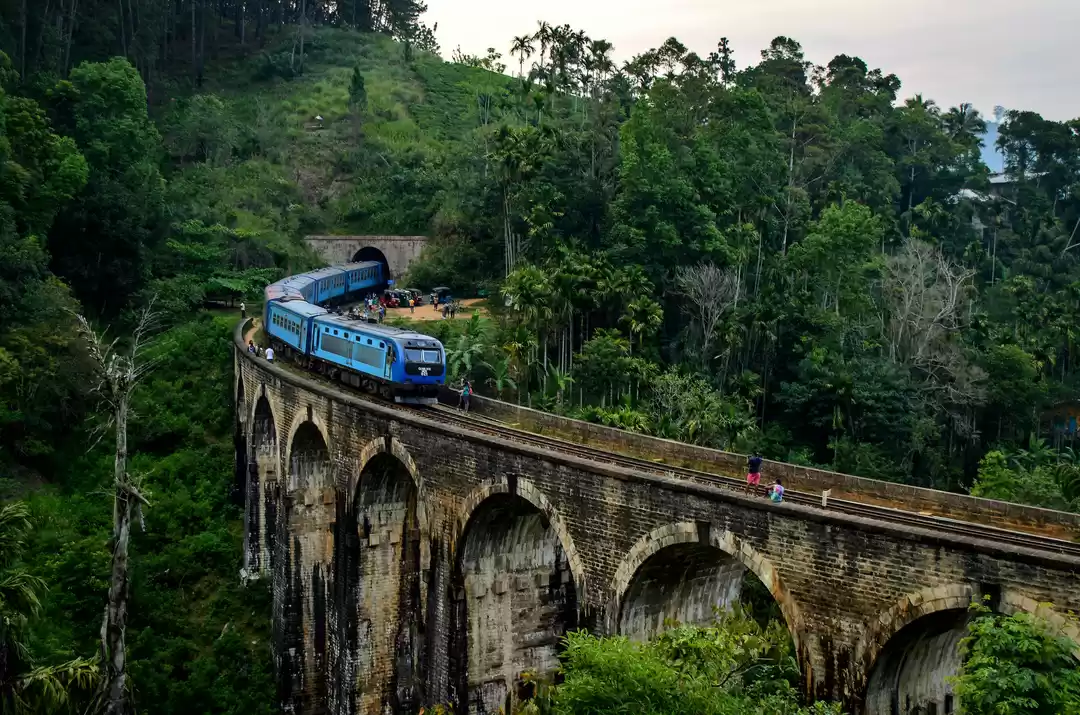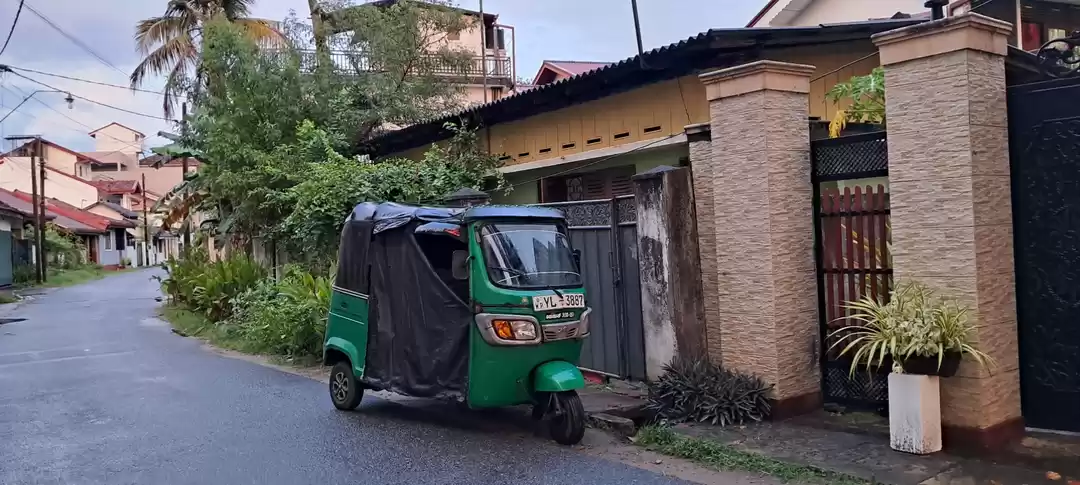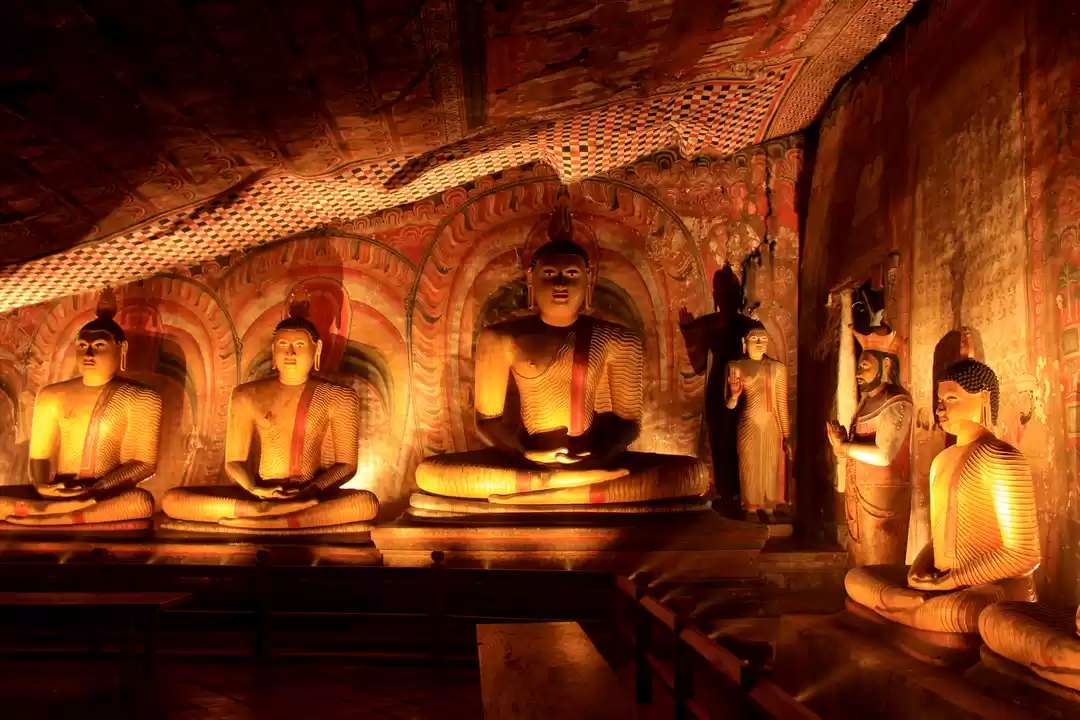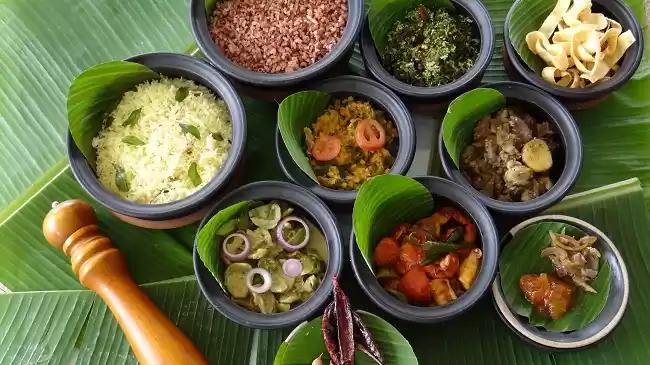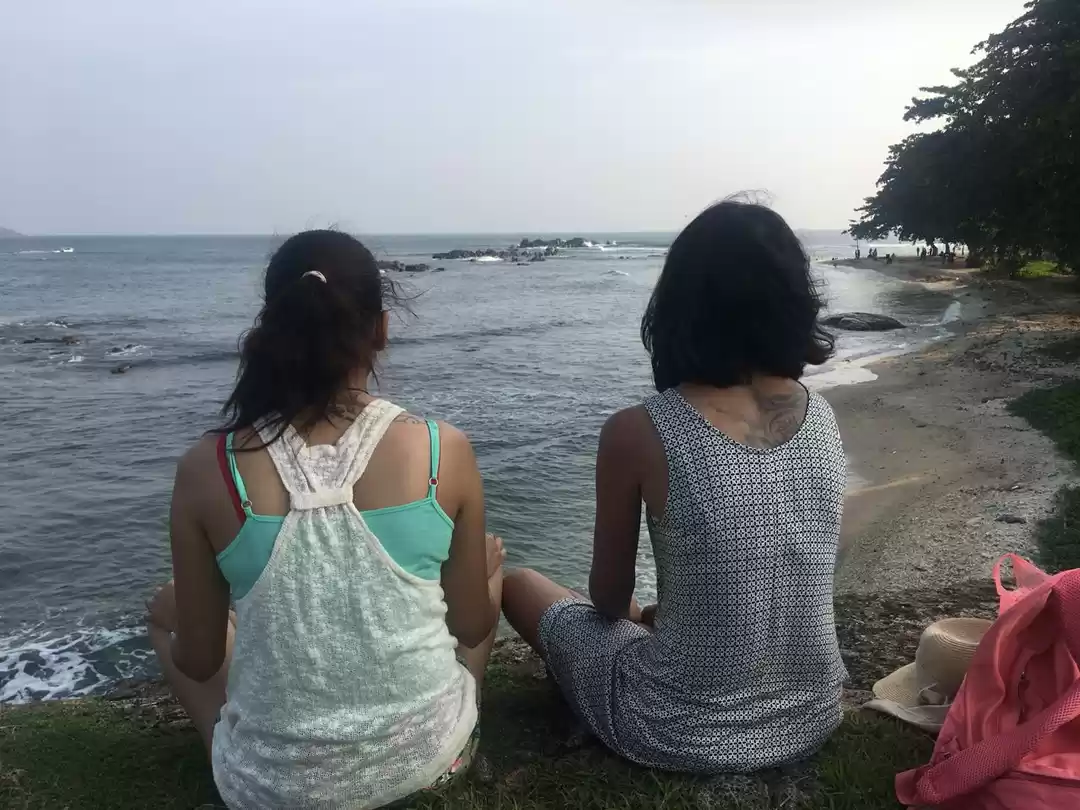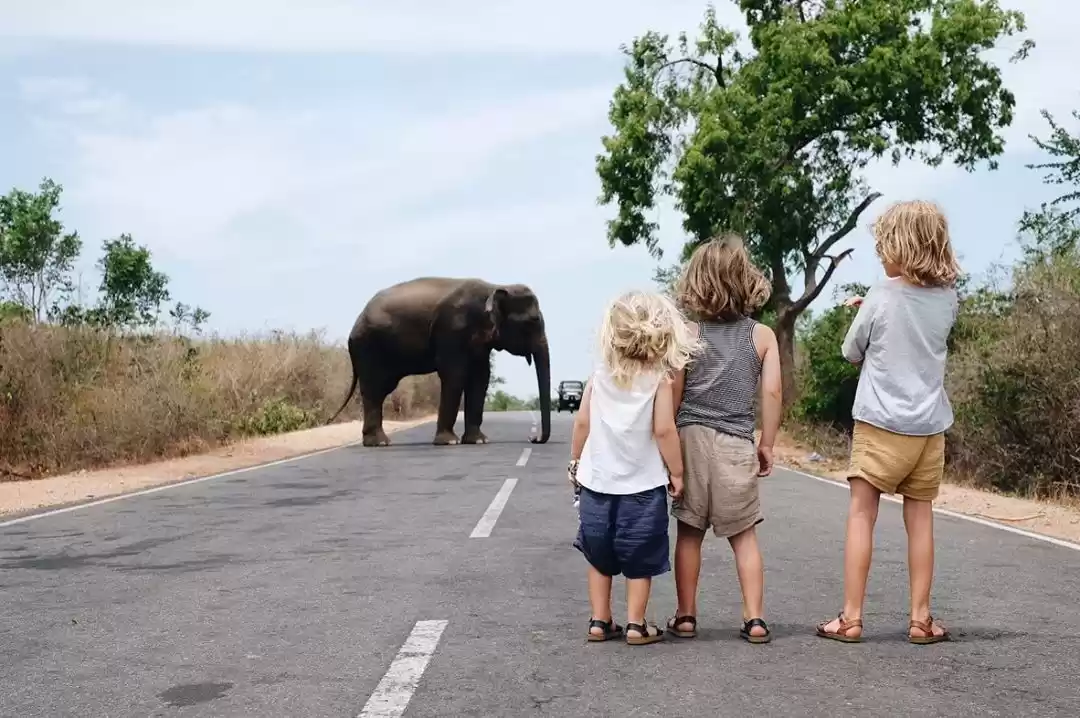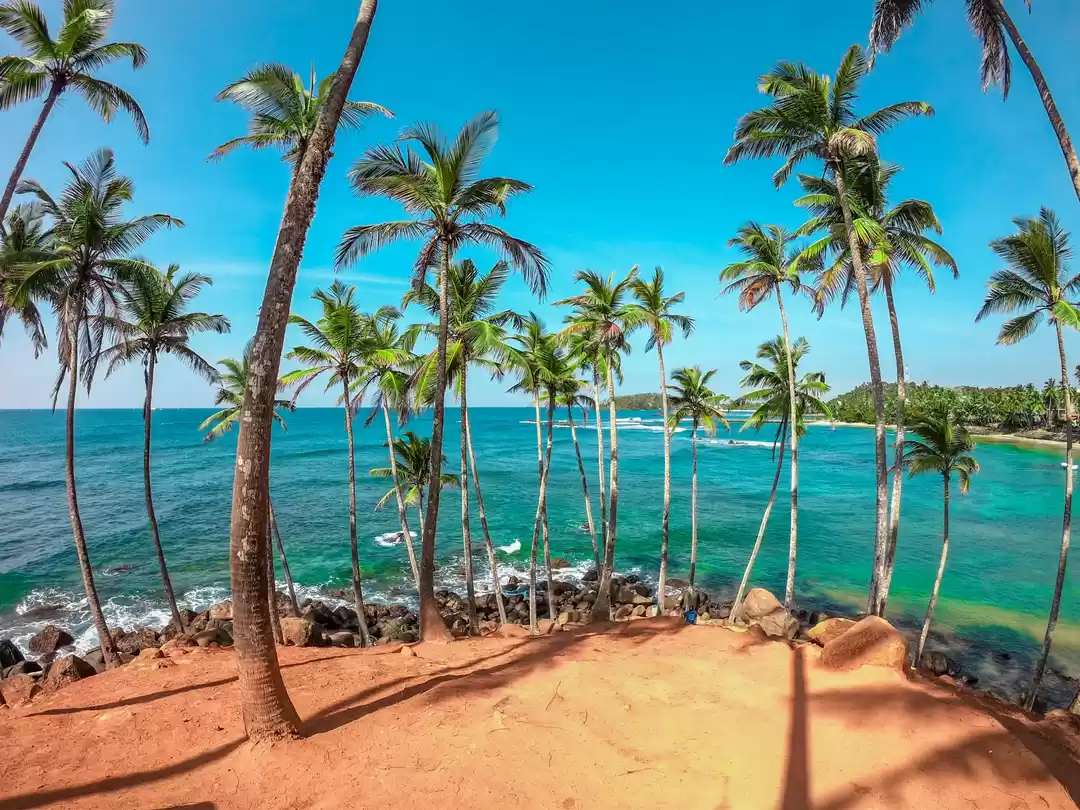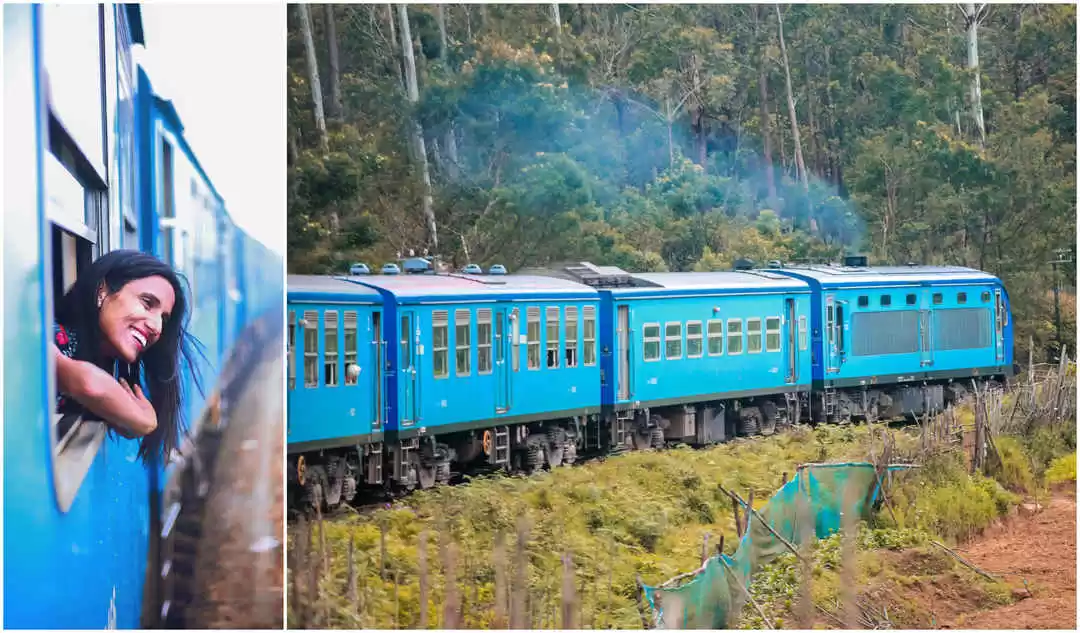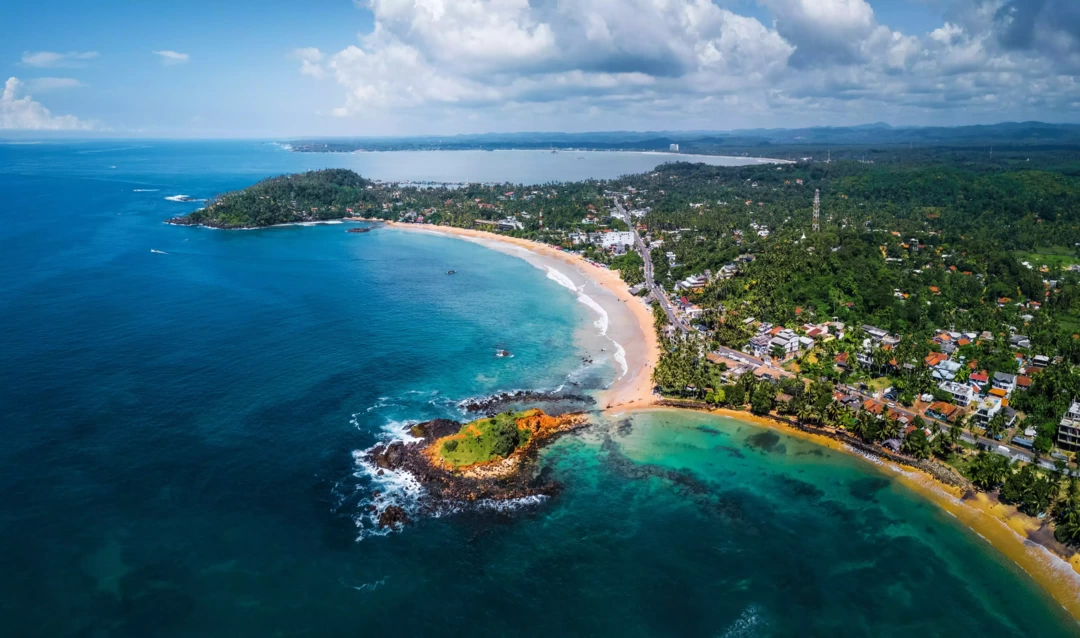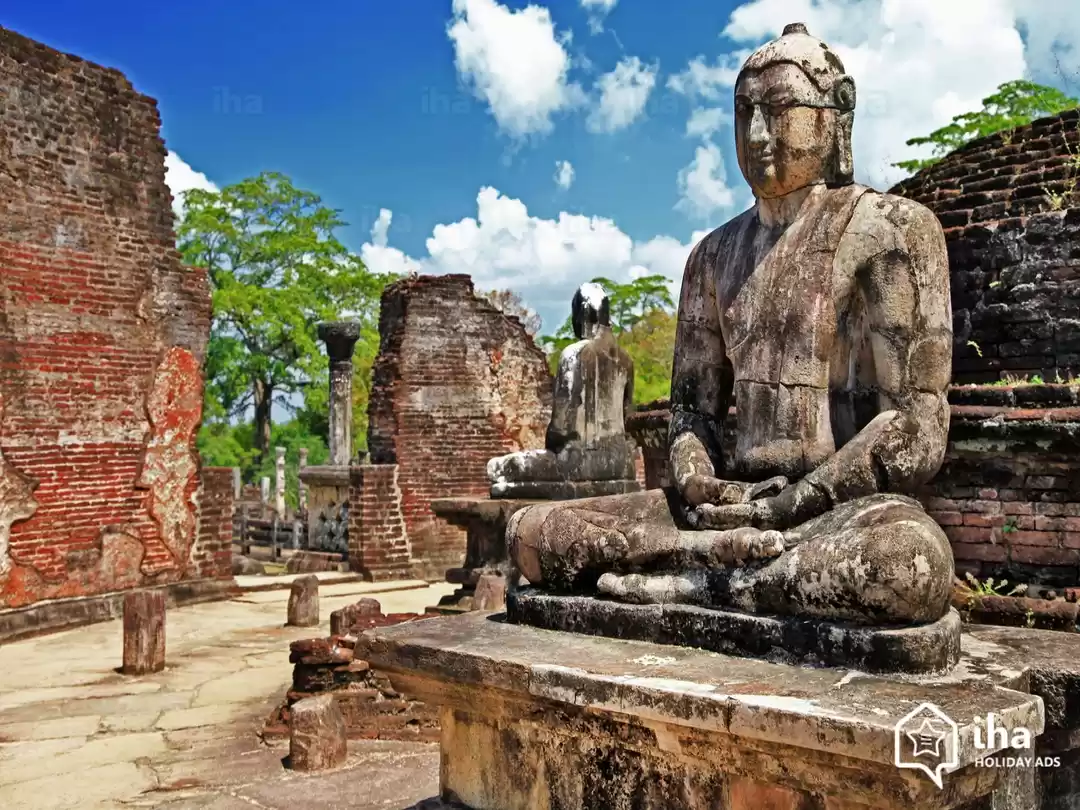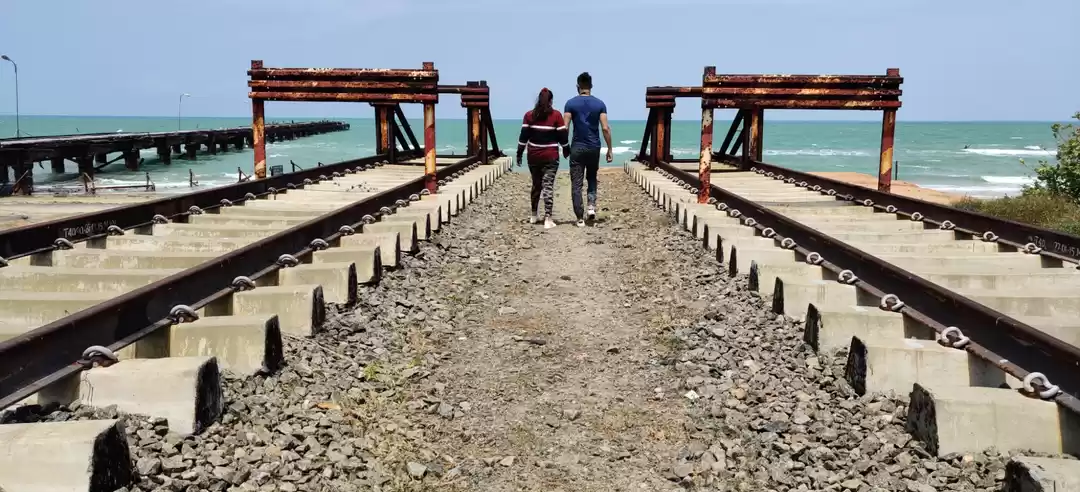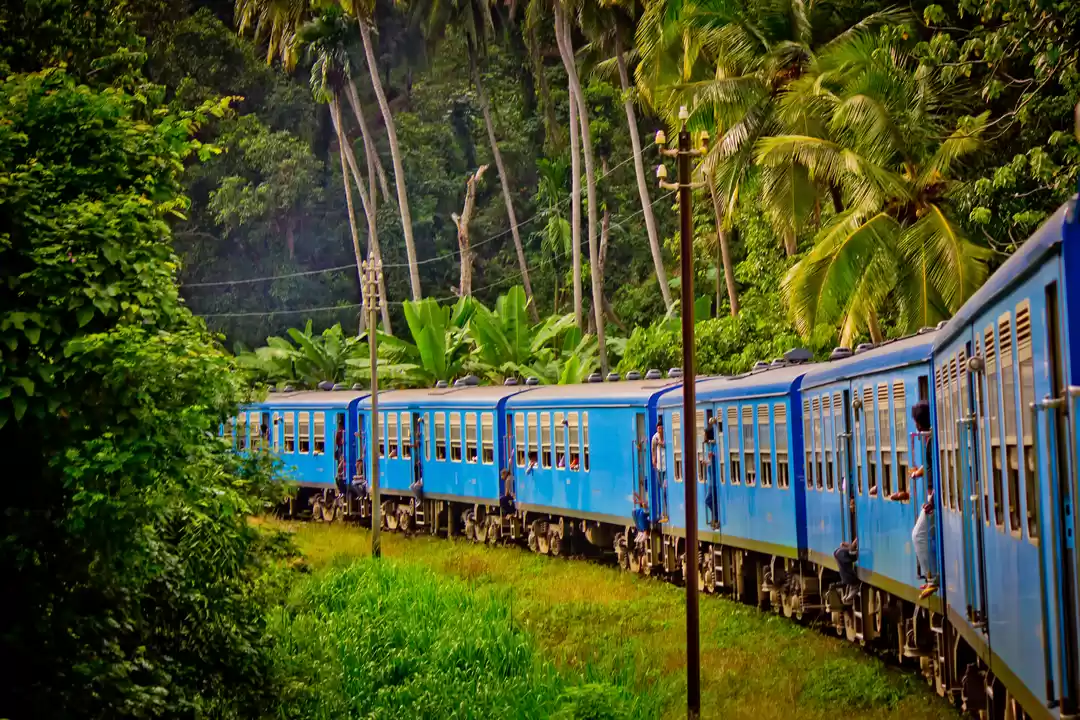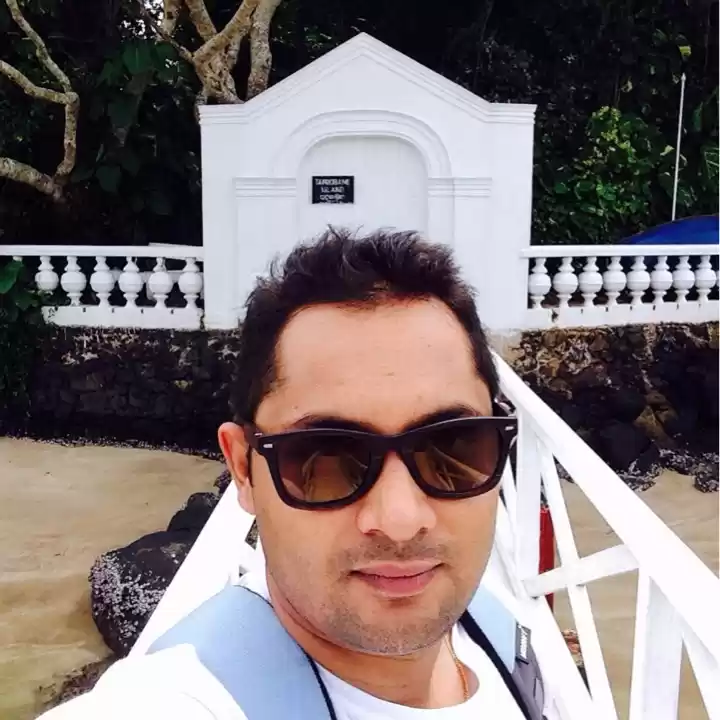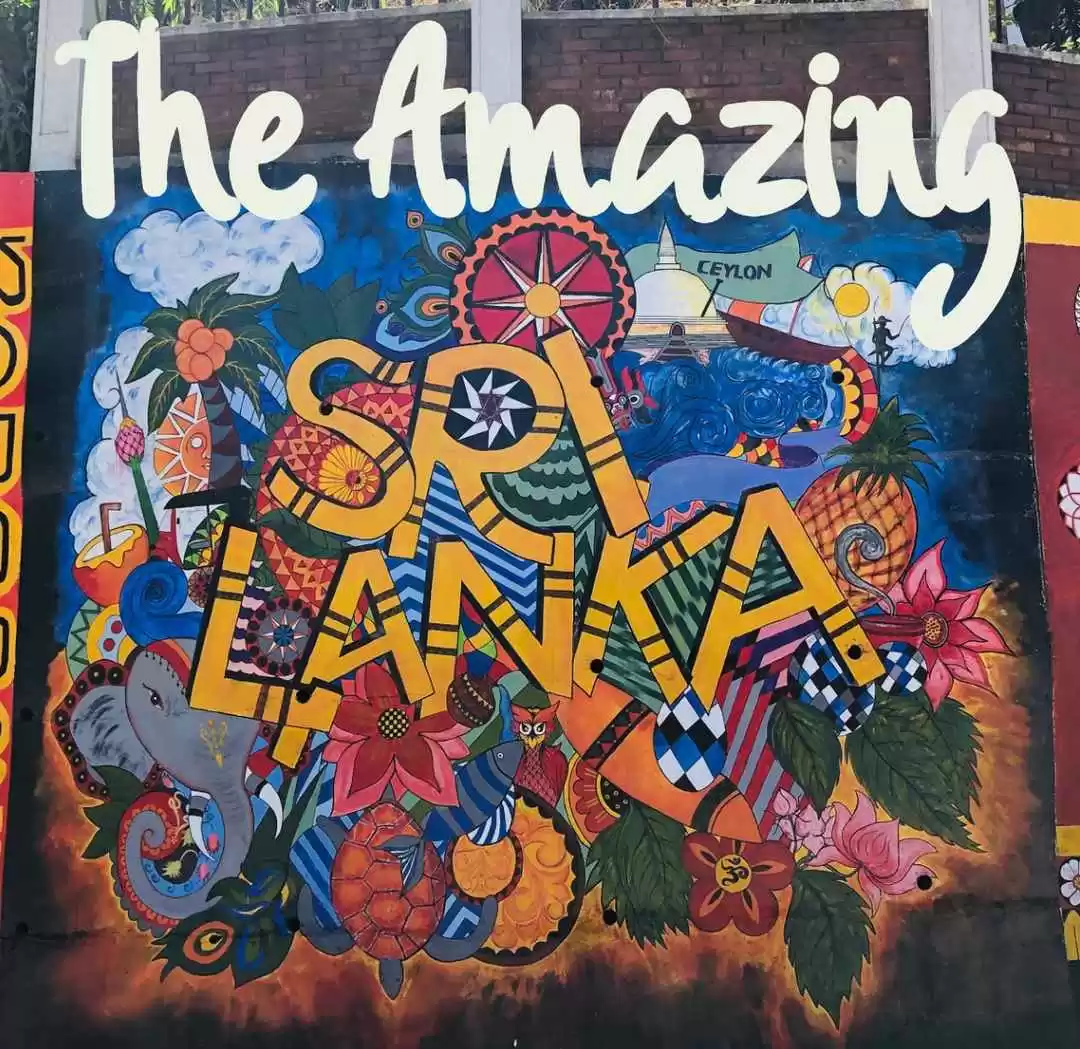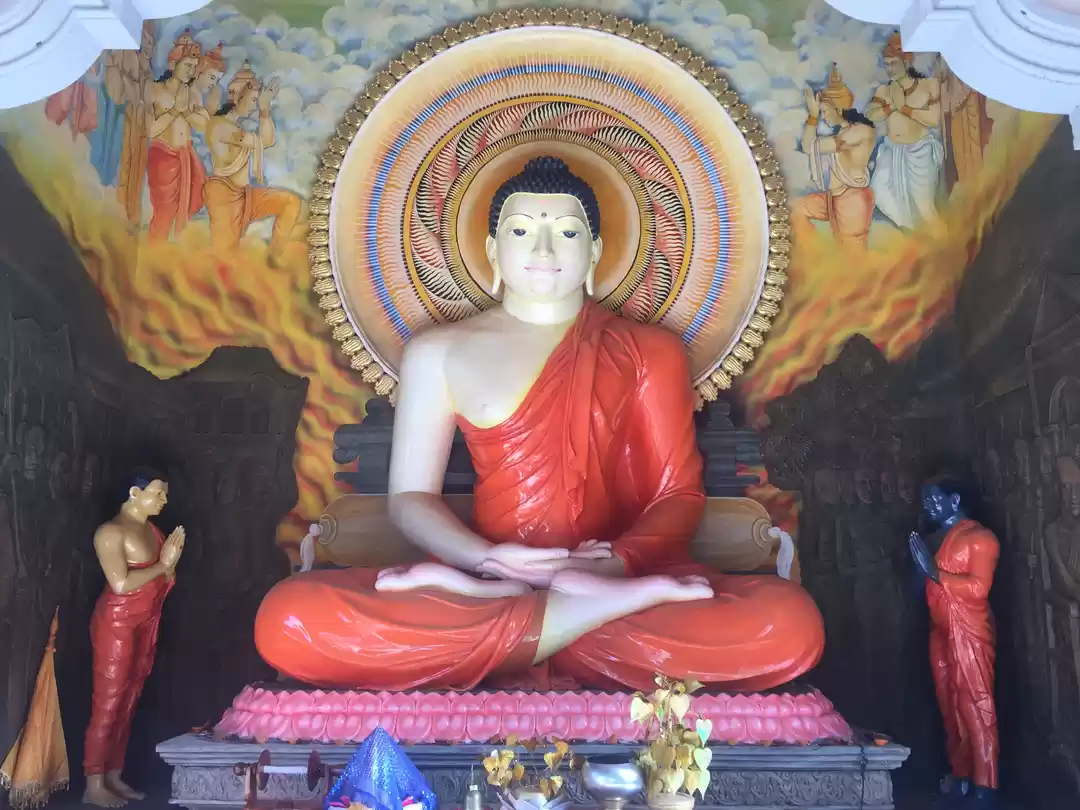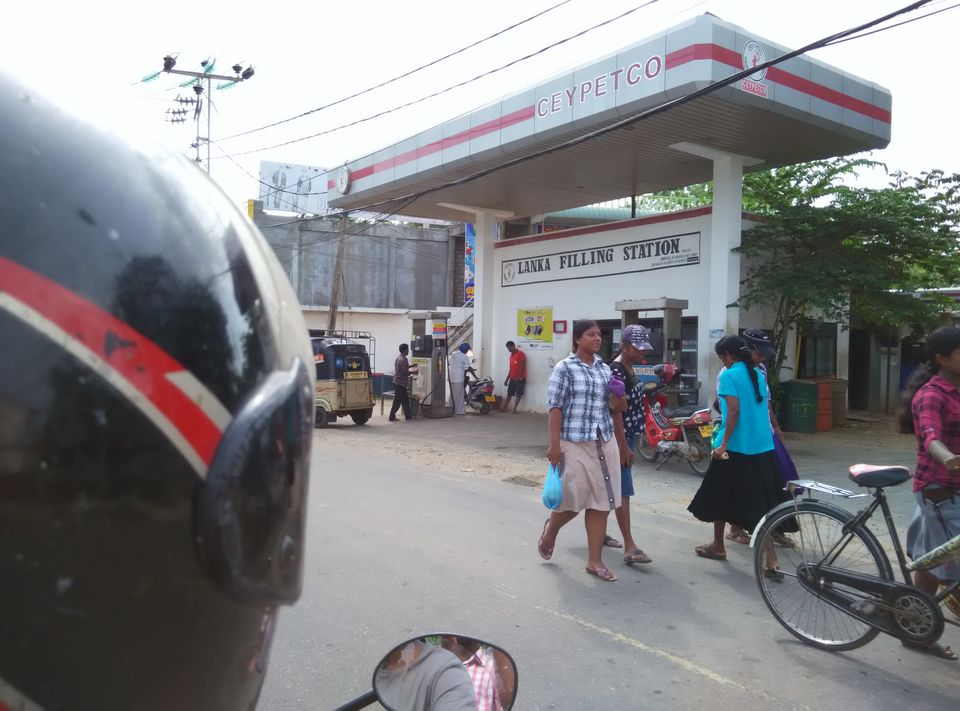
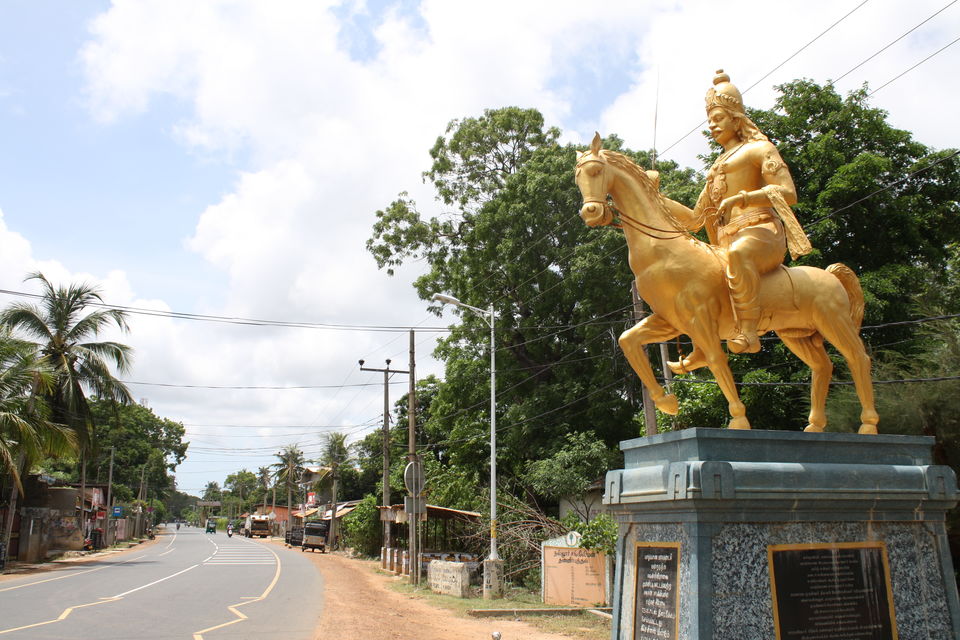
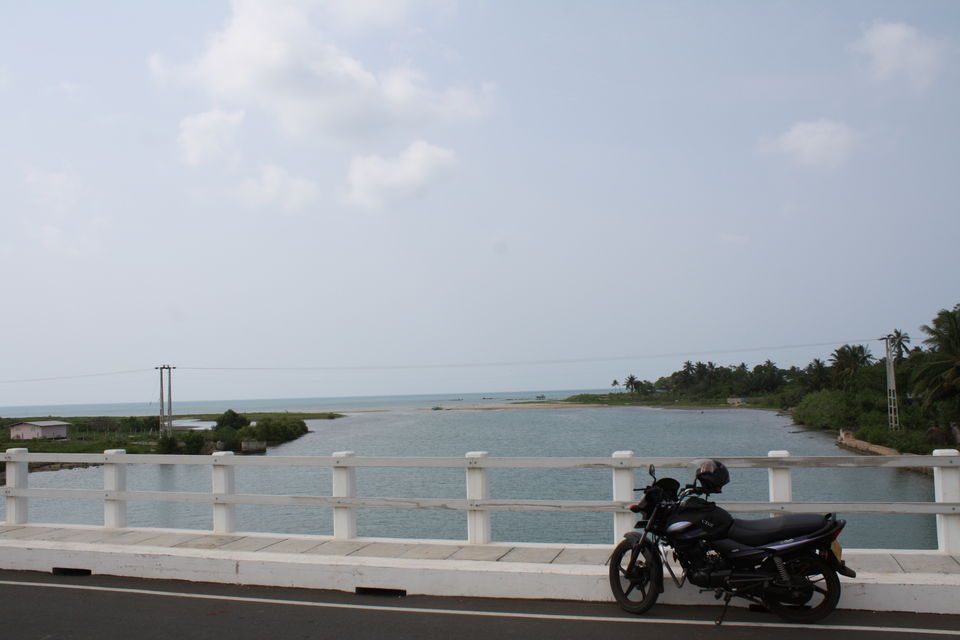
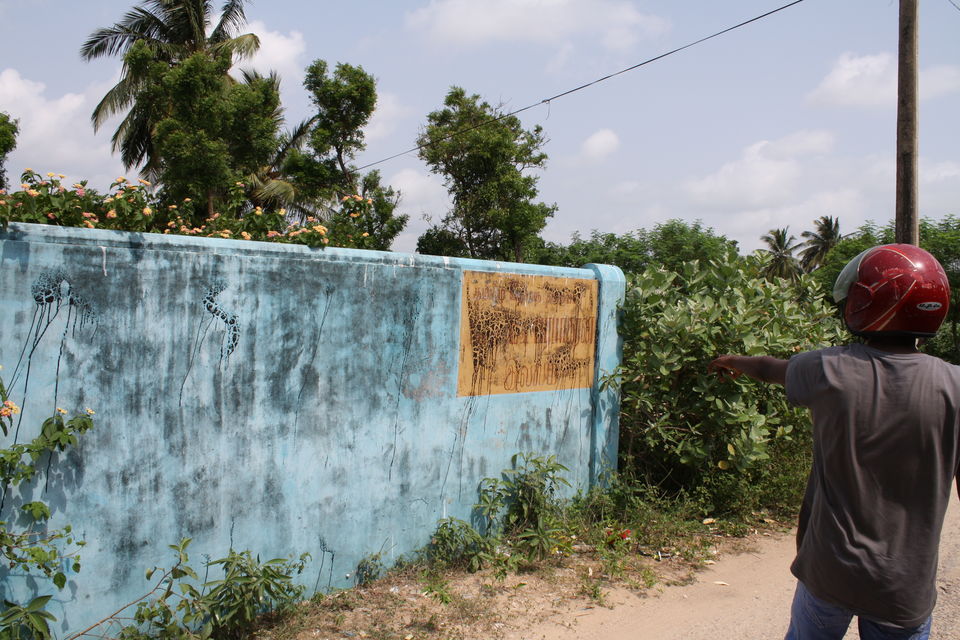
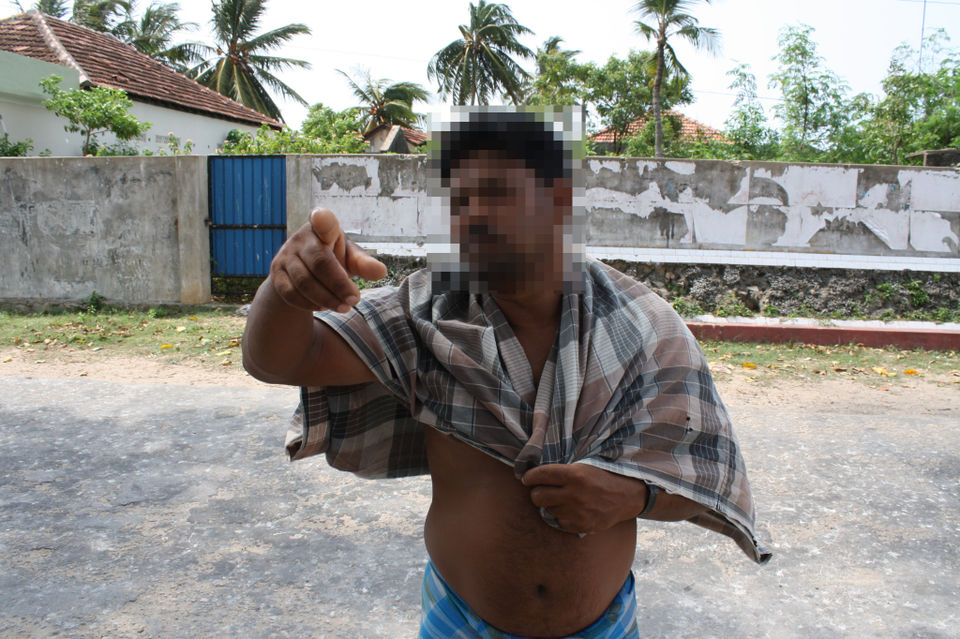
Rebellion is romantic. All of us have sometime stuck posters of rock stars, rebel leaders and ravishing women in our bedroom. Whether the Sri Lankan government likes it or not, LTTE’s supremo Prabhakaran, is one such poster boy for many people. Especially to many Tamils and to some non-Tamils too.
But where did he find his rebellious streak? Which streets did he walk? With my visit, I had the opportunity to find out.
My teenage years were spent day-dreaming of rebellion (without ever actually creating any). My dysfunctional family added to the teenage angst. Heroes of the Cuban revolution Fidel Castro and Che Guevara were my heroes too. It was then that I was introduced to Prabhakaran and his army ‘Liberation Tigers For Tamil Eelam’ through newspapers. Holding a gun and getting others to as well, were signs of a great man according to my immature mind.
Arya Chakravarthi statue on Point Pedro road close to Jaffna town. They will never have statues for Prabhakaran for sure.
The decision was made, I would visit Prabhakaran’s house in Valvettithurai or VVT. The question was how. It was to be my own rebel mission. The Sri Lankan army has a sizeable presence in Jaffna. This region was the birthplace of many separatist movements like the LTTE. And the army does not like Prabhakaran being glorified.
Hope came in the form of a friend of a friend who lived in North Sri Lanka. He agreed to take me to Point Pedro. ‘Thalaivar’s house is near’ he said. Thalaivar or the boss was no one else but Prabhakaran. The fallen hero of Tamils probably had the opportunity to make things better for his people. But he chose to remain inflexible and violent.
After crossing tobacco farms, busy town centres and swanky electronics showrooms, we reached Point Pedro. This was the northernmost point of Sri Lanka and the landscape successfully manages to express its location. Rows of anchored boats floated lazily in blue waters. The coastline was sandy and rocky in equal parts. There weren’t any tourists, only a few fishermen squatting beside the road that runs parallel to the sea. Point Pedro hid its turbulent past quite well.
‘We can’t go further, its army area’ said my friend. I could sense that he was uncomfortable. On probing he revealed ‘army people will ask questions. Not good for me.’
So I settled to click pictures of the lighthouse from quite a distance. It seemed as if we left as soon as we had arrived.
A short bike ride later we entered a small town with narrow roads and old houses. Wooden doors had intricate carvings. They belonged to a different time. And that time had chosen to stand still. This was VVT or Valvettithurai – Prabhakaran’s home town. A town that stood witness to its own changing fortunes. From enterprising residents who built international commerce to the wealth from smuggling and later to the birth of a son who would lead Tamils into a bloody war for freedom.
A few hundred metres later, we notice a statue with its arms missing. The man looked familiar but I couldn’t place him at first. It was the late MGR, the Tamil Nadu superstar and chief minister of the Indian state. He was also a known sympathizer of the LTTE. An article in The Hindu newspaper suggests that the statue was installed by residents of VVT around 2003-04 as a tribute to the man.
We expect build up and climax to our stories. But real life can be quite different. The bike stopped with almost a jerk next to a tree at the mouth of a lane. ‘There, that is Thalaivar’s house’ I am told.
No grandeur, no signs. In fact, there was no house either. All that is left of Prabhakaran’s house is a small part of the boundary wall. At one time, the boundary wall announced ‘House of The President of Tamil Eelam’. That day it had a humble graffiti meekly stating ‘Prabhakaran’s house’.
The house was razed to the ground by the army for the fear of it turning into a Tamil separatist shrine.
And then suddenly I was taken over by fear. The Sri Lankan army had destroyed that house. May be even I was unwelcome there. I was not even a local, not even a Tamil for that matter. What if the army arrived? What if they had difficult questions?
My teenager enthusiasm disappeared in a hurry. All I wanted to do was leave.
Then a man in a sarong claiming to be Prabhakaran’s neighbour appeared. He mentioned that army folks didn’t make frequent visits anymore. That gave me the courage to stay back for a while and make some small talk.
The conversation made two things clear. People might have hated the war, but Prabhakaran remains popular. He was and is the hero of majority of Tamils in Northern Sri Lanka. And it will continue to be that way for some time.
But, also that Sri Lanka now has an opportunity.
It might have taken another strong man like ex Sri Lankan President Rajapaksa to end the LTTE and its reclusive leader.
But the march towards inclusion of Buddhist and Tamil communities has to be lead by a very different kind of leader.
A more inclusive and unassuming leader might be needed.
‘Sirisena, parva ille’ said the man standing next to Prabhakaran’s house. For someone who grew up in Prabhakaran’s backyard, to accept a Buddhist president as good as momentous.
Whether Sirisena and other Sri Lankan politicians will rise to this great occasion only time will tell. But as I rode back under the beautiful Sri Lankan sky, the breeze made me optimistic.
And by the time Sri Lanka evolves into a truly inclusive society, the remnants of my teenage rebellion should have disappeared too. Let’s hope both these things turn out to be true.
Follow my journey on www.theoddtraveller.in as I travel to 12 different countries to take a challenge in each one of them. These challenges should end up in some learning for me and who knows, may be for you too.
Facebook: The Odd Traveller
Twitter: @theoddtraveller
Instagram: @theoddtraveller

